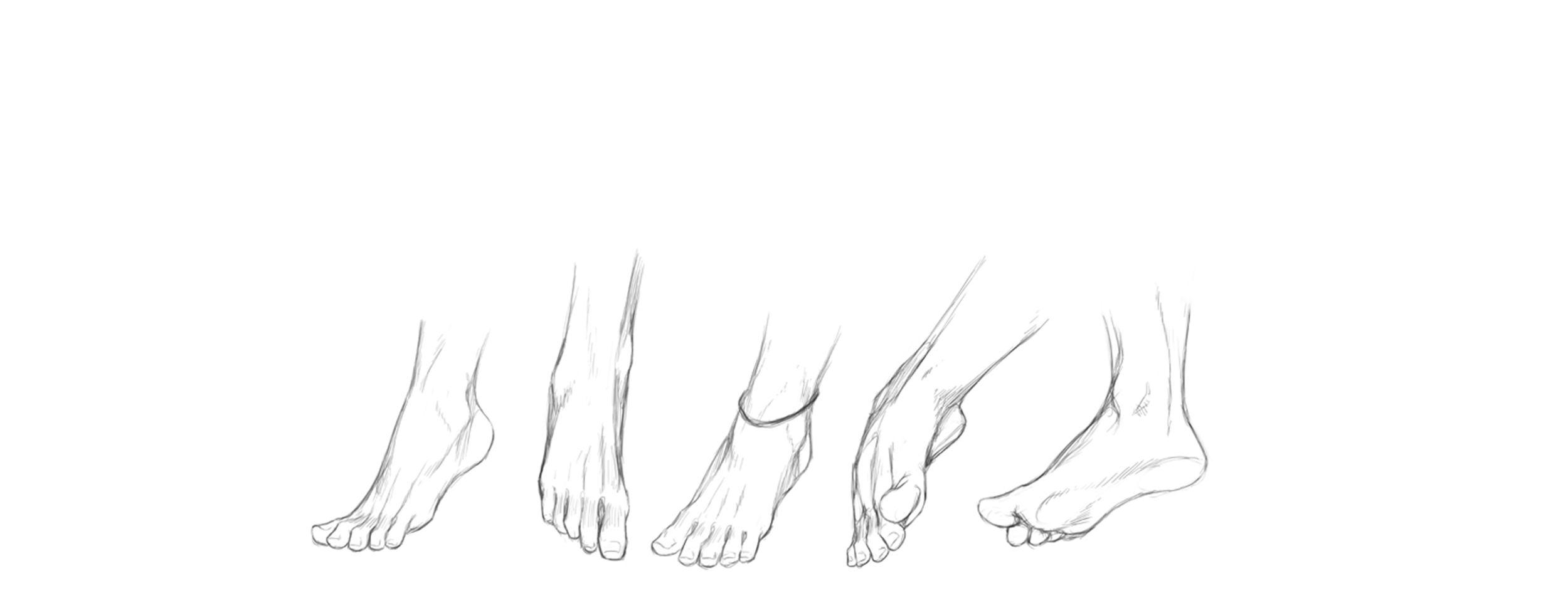
Ankle Arthritis
Who is Affected by Ankle Arthritis?
Individuals with a history of ankle injuries, such as severe strains or fractures
People with autoimmune diseases, like rheumatoid arthritis
Those with a history of trauma, infection, or chronic overuse of the ankle joint
Overweight individuals due to increased pressure on ankle joints
Pain, which may increase with activity.
Stiffness and loss of mobility in the ankle.
Swelling and possible deformity.
A crunching or popping sound when flexing or pointing the toe.
The Symptoms:
Degeneration of cartilage due to past ankle injuries.
Trauma, such as fractures or severe strains.
Autoimmune diseases, such as rheumatoid arthritis.
Infection or chronic overuse.
The Causes:
Comprehensive health history and physical examination.
X-rays to assess the degree of arthritis and related issues.
MRI or CT scans for a detailed view, especially when surgery is considered.
The Diagnosis:
Surgical Treatments
This treatment also includes non-surgical practices such as medications, physical therapy, or orthotics to ease symptoms before considering surgery.
Surgical:
Ankle Fusion: Fuses bones to eliminate pain but reduces motion.
Ankle Replacement: Suitable for some; preserves function but may require revisions.
Bone Spur Removal: Removes spurs to improve motion and relieve pain.
Distraction Arthroplasty: Uses external frames to promote new cartilage growth.
Non-surgical:
Ankle bracing for support and stability.
Cortisone injections to reduce pain and inflammation.
Activity modifications to avoid high-impact sports.
Ice therapy and anti-inflammatory medications.
